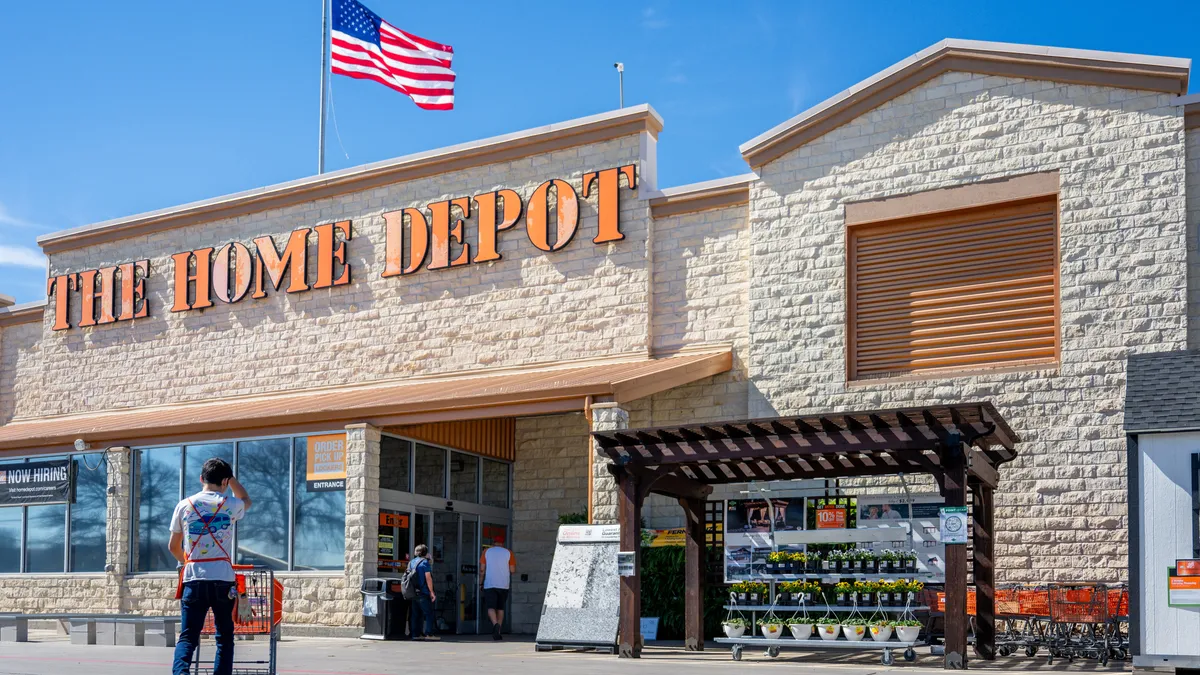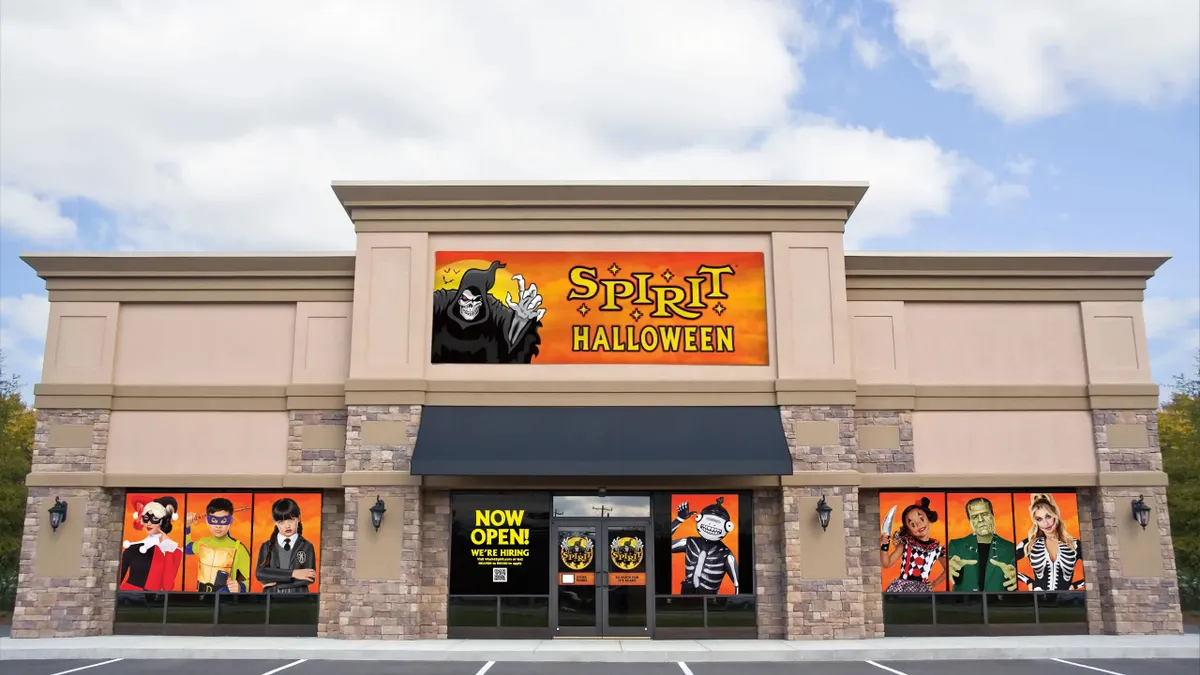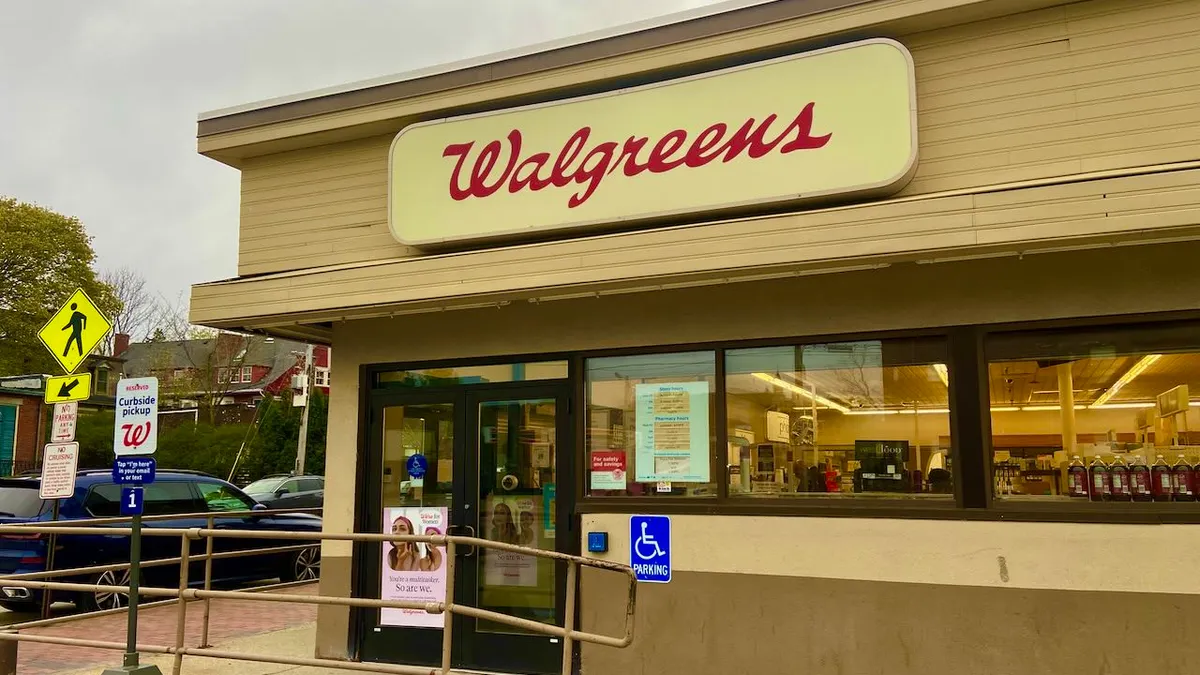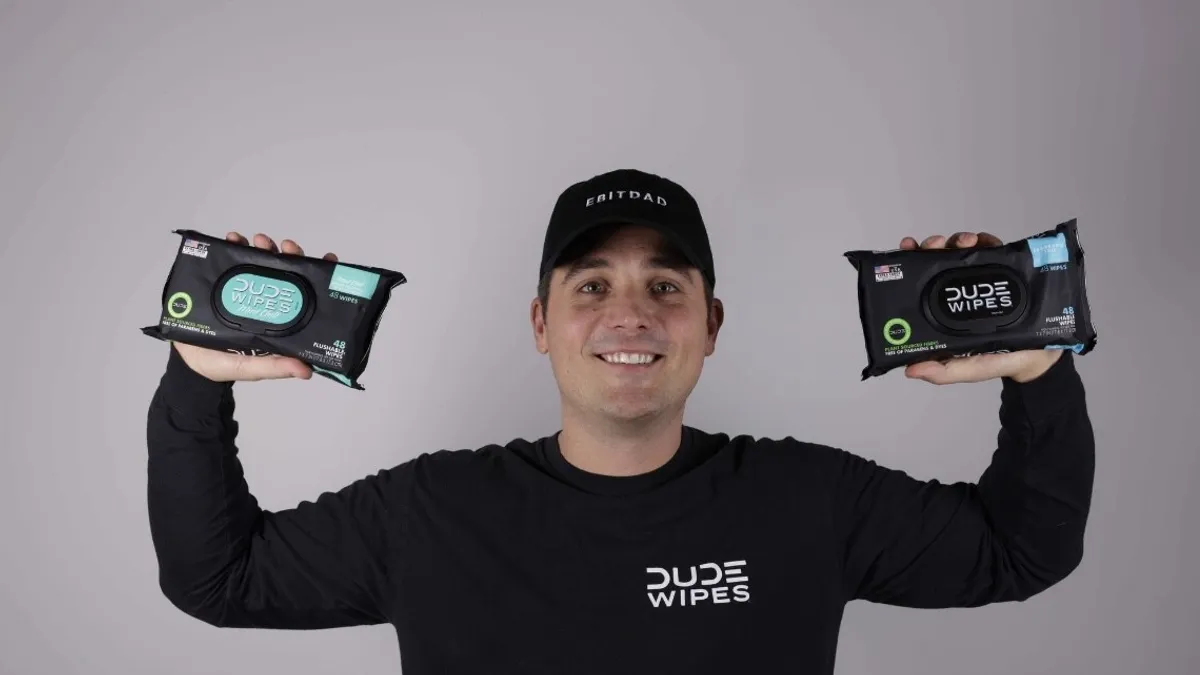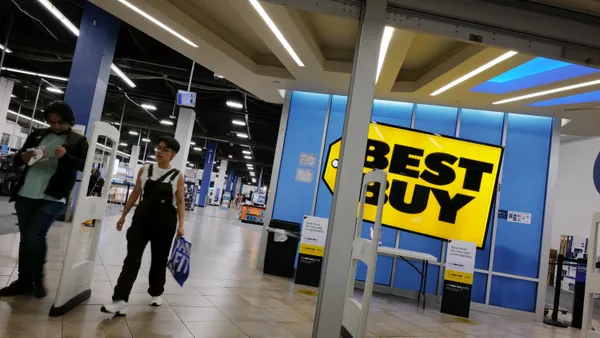Halloween was a horror show for Party City last year.
The problem with the holiday is that it only comes once a year. Apparel retailers, by contrast, can write off a fashion miss and move on to the next season.
But for Party City and others who bank on the haunted holiday, there is only one Halloween season. Last year, sales per store in the retailer's Halloween City business fell nearly 21%, which one analyst called a "disaster" precisely because that is revenue that cannot not be made up.
Halloween accounts for some 20% of Party City's domestic sales. The retailer warns its investors that a poor Halloween season could harm its business. According to the company, "An economic downturn, or adverse weather, during this period could adversely affect us to a greater extent than at other times of the year."
How about a pandemic? How about a pandemic and an economic downturn?
Halloween is set for disruption this year as the spread of COVID-19 persists and wary consumers and communities change their approach to the holiday. The open question is the overall effect that will have on sales and individual retailers. Along with those complications, Halloween specialists have major challenges as they try to defend their place in the market against the retail giants that have flexed their digital muscles and gained share during the pandemic.
'There is a Halloween' this year
According to estimates released by the National Retail Federation, Halloween spending this year is expected to fall slightly from last year, by 8.3% to just over $8 billion. At the same time, those who are celebrating plan to spend $92.12, up 6.8% from 2019. Coresight Research, however, estimates a steeper dip in Halloween spending, which it expects to decline by 14% to 17%, according to an emailed report from the research firm. Among those celebrating the holiday year, 40% expect to spend less than in 2019, according to Coresight survey data.
The spending shifts come as consumers and parents change their plans. Surveys conducted for the NRF by Prosper Insights & Analytics show the number of people that plan to throw or visit a Halloween party declined 10 percentage points this year, the number of people that plan to hand out candy decreased seven percentage points, the number of trick or treaters fell by six percentage points and the number of individuals that plan to visit a haunted house declined seven percentage points. Overall, consumers are spending more on decorations, candy and greeting cards, the NRF said in a press release.
The Center for Disease Control has put out guidance on the holiday, highlighting indoor parties and haunted houses, as well as traditional trick-or-treating as high-risk activities during the pandemic. At the same time, it has delineated other Halloween activities as low risk, such as pumpkin carving, decorating, household scavenger hunts and virtual parties. Other socially distanced outdoor activities the agency deems "moderate" risk.
Around the country, parents and local governments are trying to figure out how to keep what they can of the holiday's traditions while maintaining social distancing. Los Angeles, to take one example, initially banned trick-or-treating altogether before walking that back.
Even in areas without specific restrictions or guidelines, parents will have to figure out their own comfort levels. (The Halloween & Costume Association, a trade group, has issued a map looking at COVID-19 risk levels across the country and offers tailored celebration suggestions by county.)
None of that negates the holiday or spending on costumes, candy and decorations. For some, Halloween may be more important than ever.
"In times like this, there's obviously been so much uncertainty, so much stress, people are looking for comfort and consistency and things that bring them joy," said Katie Thomas, leader of the Kearney Consumer Institute, who added that she doesn't anticipate a large decrease in Halloween spend. "People really love this holiday, they'll be seeking energy from it, and they'll want to engage with it."
The season could also last longer, along with other holiday periods this year. Andy Mantis, head of data insights for analytics firm 1010data, said his firm's data shows that candy purchases picked up earlier this year than in the past. "Things will shift around, but the fact that there is a Halloween and there will be Halloween spend is good for retailers and good for manufacturers, because the circumstances could have been different," he said.
Meanwhile, as consumers react to the pandemic, adult Halloween spending is "much more in question" as compared to spending on and for children, said Cameron Bybee, an analyst with S&P Global Ratings.
Ghosting brick-and-mortar
COVID-19 isn't only changing how people celebrate the holiday. It's also changing how people shop, in ways that started well before the pandemic, and could affect how the market for Halloween fare plays out.
Virus concerns are likely to slow down traffic to specialty stores that cater to the holiday. "I don't think a lot of people will want to try on masks," Thomas said, pointing to weakness in other categories with points of physical contact, like apparel, and general traffic softness at physical malls.
Party City CEO Bradley Weston told analysts earlier this year that the company expected Halloween-related sales to be down year over year and pointed to uncertainty around COVID-19's spread and how it will impact consumer appetite for celebrations during the season.
The retailer is responding by scaling back its Halloween City pop-up locations by more than 90%. It plans just 25 this year, compared to 275 in 2019. At the same time, Party City's hiring for the season is down far less, with plans for about 20,000 temporary employees, a decline of about 20% from last year.
A spokesperson for the company said that each of its 25 stores this year would have four to five additional employees compared to past years to support Party City's omnichannel services.
"More customers are choosing our omni-channel options like buy online pickup in store, contactless curbside pickup, and our new same day delivery services," the spokesperson told Retail Dive. "With the additional associates in our stores we can ensure a seamless experience for however you choose to create your Halloween celebration."
Competitors are responding to consumer shifts as well. Spirit Halloween, which runs far more locations than Halloween City even in normal years, is partnering with Instacart for same-day contactless delivery. According to the company, searches for "Halloween" on Instacart are up 650% this year. For 2020, Spirit has said it plans to hire 28,000 seasonal workers across 1,400 stores.
Party City is also scaling back on purchases as it plans for a weaker Halloween. Weston told analysts that the company aimed to hold down costs and purchase while refilling stock as needed.
"So even though we see it down, we're planning Halloween, we're really just trying to avoid overspending against potentially decreased demand," he said, according to a Seeking Alpha transcript. "But I would say the situation is really fluid, and we have to be fluid."
Deviled by e-commerce
Of course, Party City isn't refocusing around omnichannel in a vacuum. Much of the retail world is doing the same, and those with scale and high-functioning platforms are emerging as winners.
As shoppers have been consolidating their trips during the pandemic to reduce their potential exposure to the virus, sales have exploded at Amazon, Target and Walmart, which all sell plenty of Halloween fare. Analysts with Cowen said in a September note that Walmart and Target stand to gain from shoppers' trip consolidation and search for value in a volatile economy.
Historically, more than 80% of shoppers to specialty Halloween stores also shopped at Walmart and/or Target in October, according to 1010data's research from 2017-19. At the same time, year-over-year retention by specialty party stores is declining as more people buy candy and costumes at non-specialty stores.
Mantis said that "the specialty party stores are at risk of losing even more share this Halloween" given Walmart and Target's growing prominence in the market, strong customer acquisition, as well as their digital and BOPIS experiences.
After its dismal October last year, Party City executives attributed part of the decline to a consumer shift to online buying of costumes and bags that came much faster than the company expected.
This year, following the closure of its footprint this spring and a scramble along with much of the rest of retail to sell more online and through omnichannel services, Party City has expanded its digital sales.
In Q1, when its stores closed, sales via Party City's BOPIS channel expanded 500% while net sales fell more than 19%. In Q2, the retailer's e-commerce sales were up 83.2%, most of that driven by BOPIS, curbside pickup and delivery. Even so, Party City's total retail sales fell more than 56% during the quarter. Those results follow top-line sales declines and a net loss of more than half a billion dollars for fiscal 2019. With $1.7 billion in debt and a difficult operating environment, Party City has a CCC rating from S&P.
As Bybee points out, the shift to online has accelerated more this year.
"One of the potential problems for Party is that, if you're shopping online already at Amazon and Target, it's very easy to just add these Halloween items to your basket, whereas with PartyCity.com you have to be specifically going to that site to look for these items," Bybee said. "The transition to online and acceleration to online has been a detriment to Party City."









